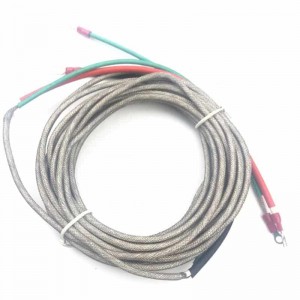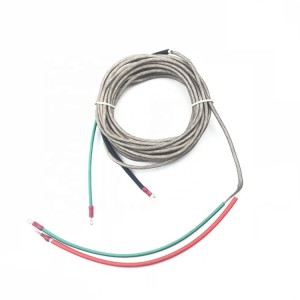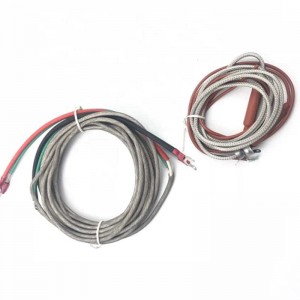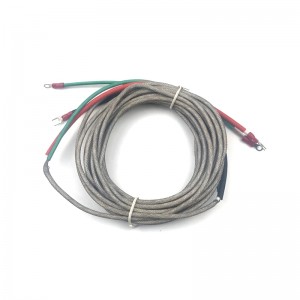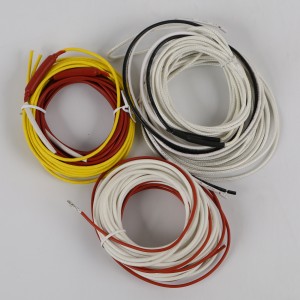The heating wire will produce heat when the rated voltage is applied to both ends of it, and its temperature will stabilize within the range under the impact of peripheral heat dissipation circumstances. It is employed to create different shaped electric heating components that are commonly found in air conditioners, refrigerators, freezers, water dispensers, rice cookers, and other home appliances.
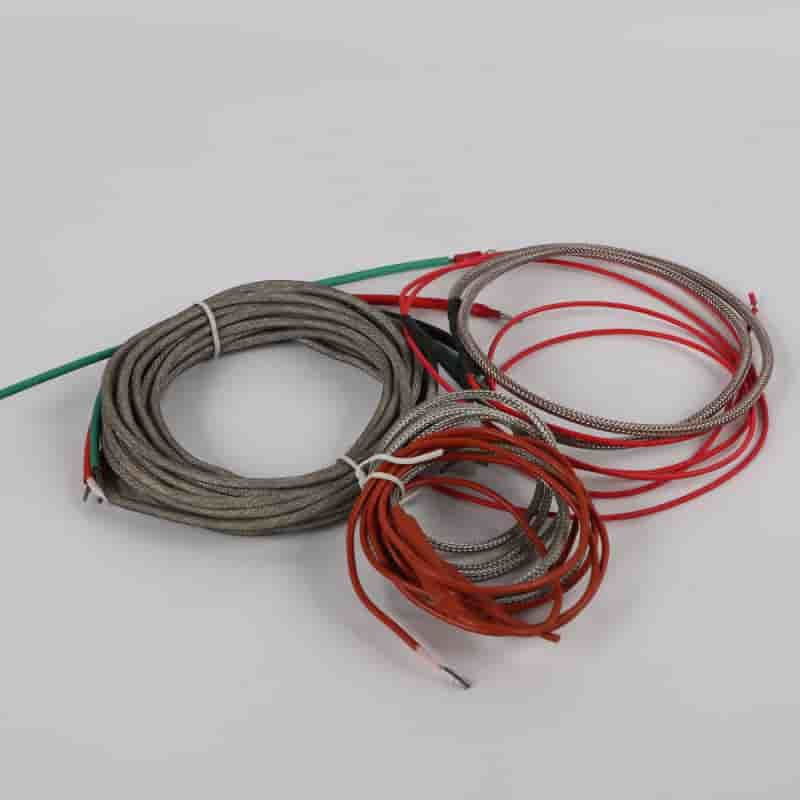
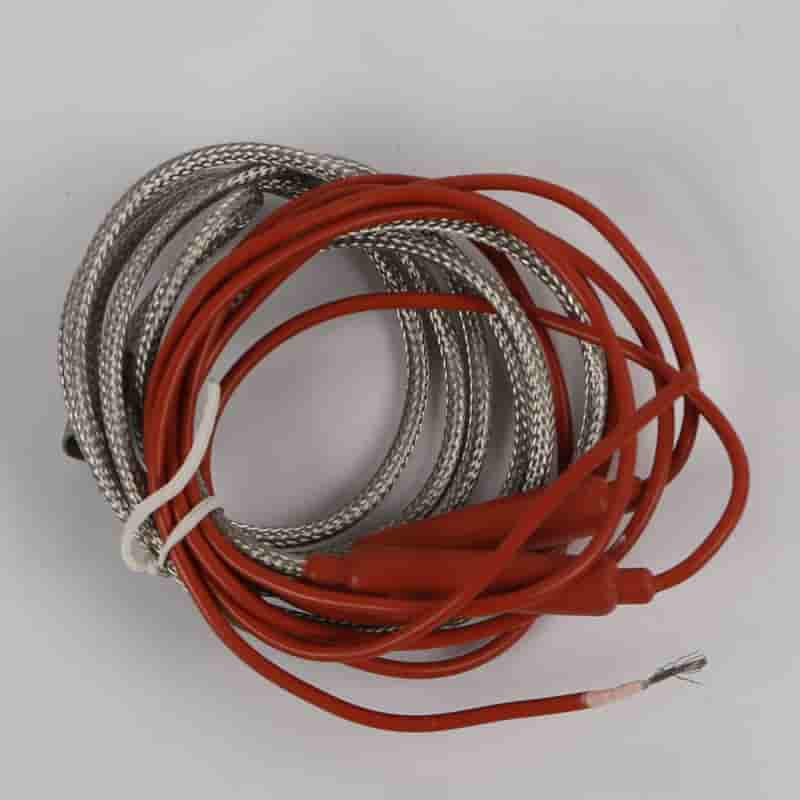
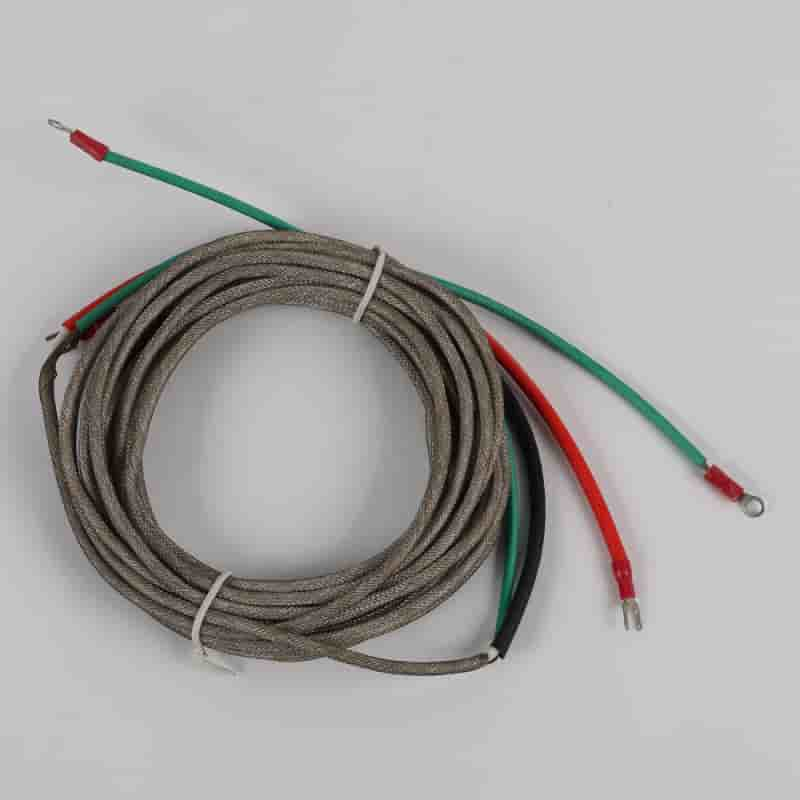
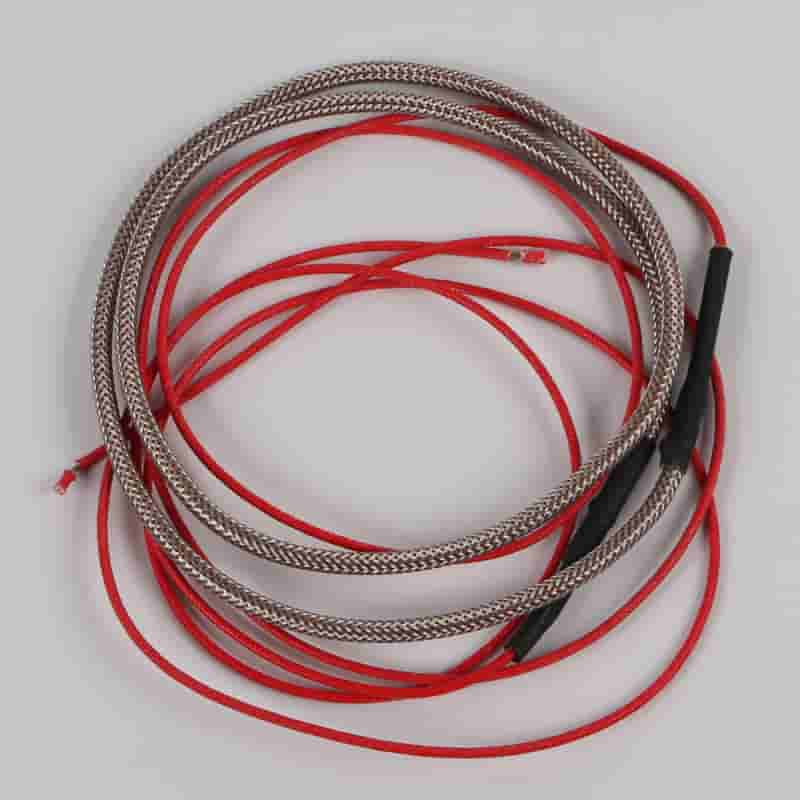
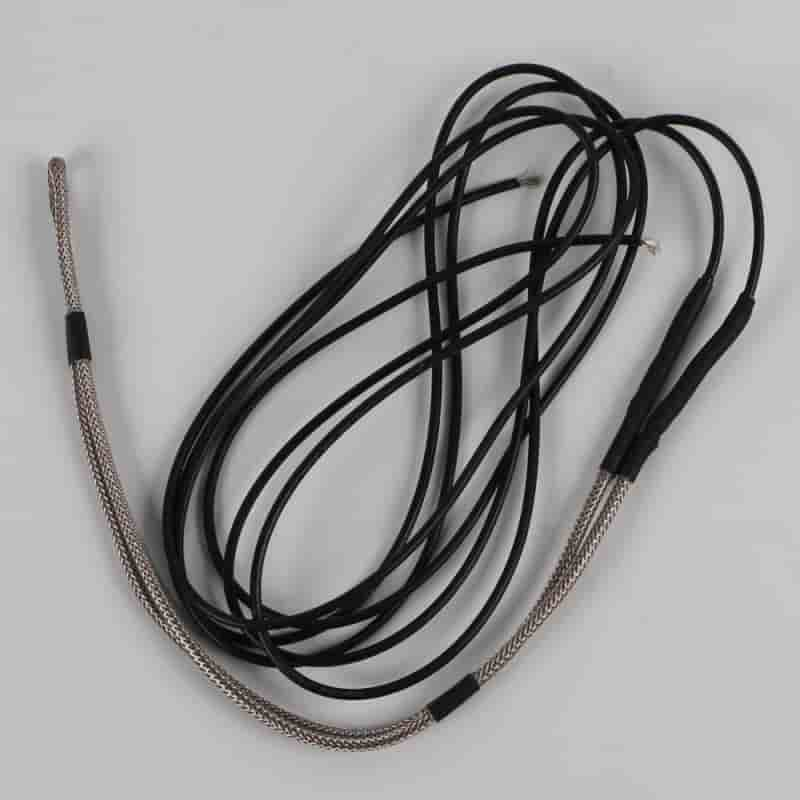
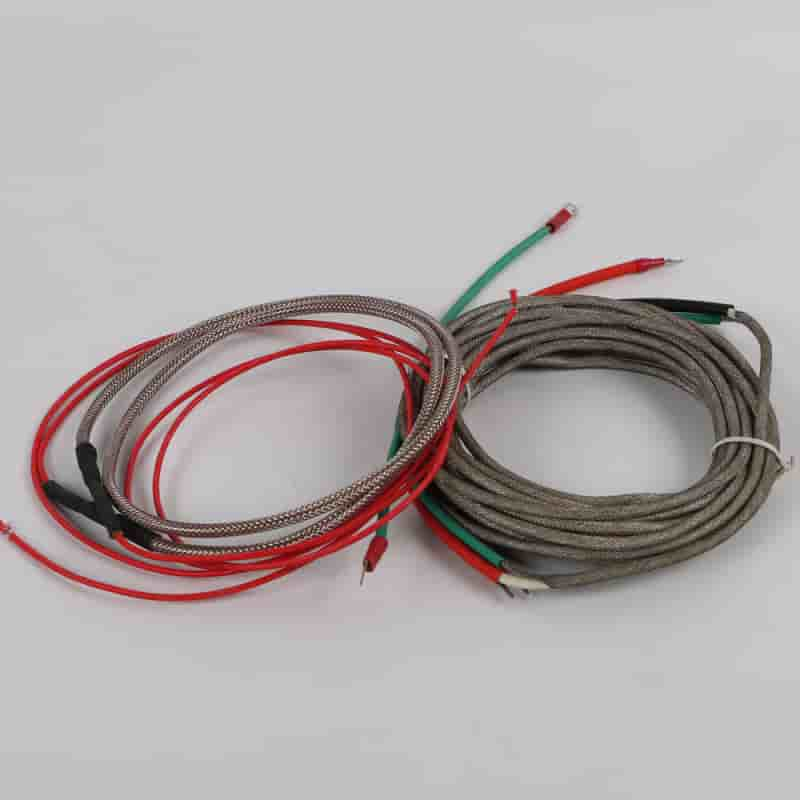
According to the insulation material, the heating wire can be respectively PS-resistant heating wire, PVC heating wire, silicone rubber heating wire, etc. According to the power area, it can be divided into single power and multi-power two kinds of heating wire.
The PS-resistant heating wire is a type of heating wire that is best suited for situations where there is a need for direct contact with food. Because to its low heat resistance, it can only be used in low-power situations and has a long-term operating temperature range of -25 °C to 60 °C.
105°C heating wire is a widely used heating wire with an average power density of no more than 12W/m and a use temperature of -25°C to 70°C. It is covered with materials that comply with the provisions of the PVC/E grade in GB5023 (IEC227) standard, with superior heat resistance. As a dew-proof heating wire, it is widely utilized in coolers, air conditioners, etc.
Because of its exceptional heat resistance, silicone rubber heating wire is frequently used in defrosters for refrigerators, freezers, and other appliances. The use temperature ranges from -60°C to 155°C, and the typical power density is around 40W/m. In low temperature environments with good heat dissipation, the power density can reach 50W/m.






